Design Black History Month Music Lessons for Elementary Grades
Are you looking for ways to incorporate more Black History Month music lessons into your classes throughout the year? Take a peek at this post.
Some of the links on our site are affiliate links. If you click on a link and make a purchase, we may earn a small commission.
Are you looking for more ways to incorporate additional Black History lessons and activities into your elementary music classes throughout the school year?
Start with a high-quality storybook. With an engaging storybook and an authentic African American spiritual, you can create attainable music activities for multiple grade levels.
Read on for ideas and tips to enrich your students’ music experiences with lessons that are perfect for any time of year.
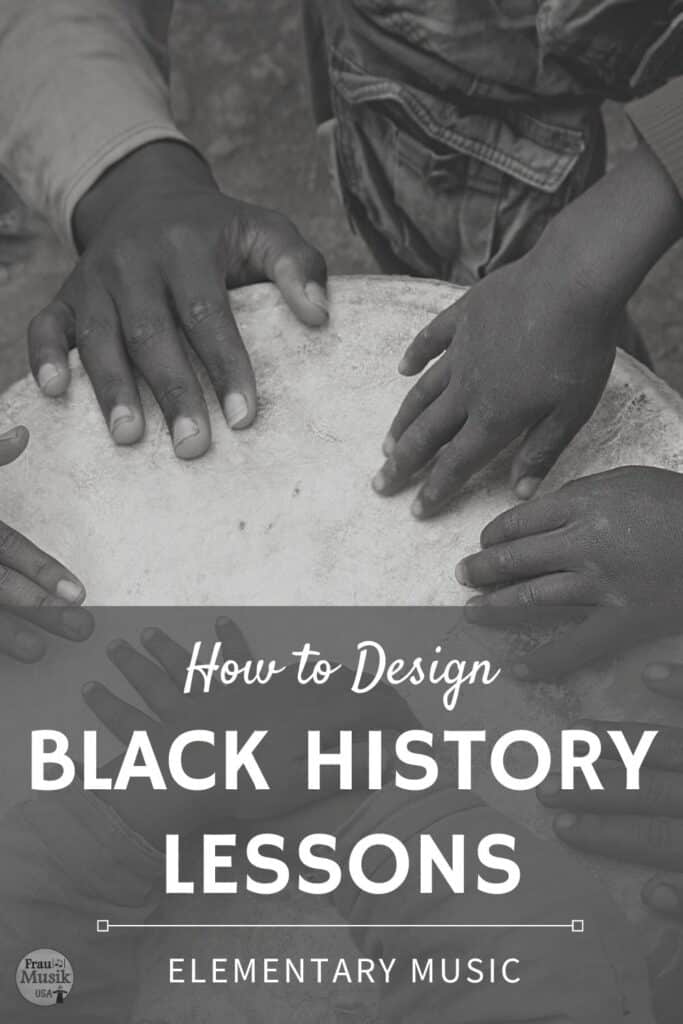
What’s in this post? Click to open the Table of Contents
Choose a Storybook
Take a peek at these highly recommended Top 19 Children’s Books for Black History Month and Juneteeth. While this is far from an exhaustive list, there’s a lot of variety represented here which may spark some more ideas for you.
In the last several years many new award-winning storybooks have been released to celebrate and teach about Black History. Check with your school librarian. They should have numerous quality books from which you can choose. Or ask them to order a few specific titles.
Choose a Song
Once you have chosen your storybooks, look for themes throughout each book. Is the book about the Underground Railroad? Pair it with Get on Board, Little Children or This Train. A storybook about Ruby Bridges pairs well with This Little Light of Mine. If you’re reading about Rosa Parks, consider pairing the story with I Shall Not Be Moved.
Think in broad terms to draw correlations between your book and a song.
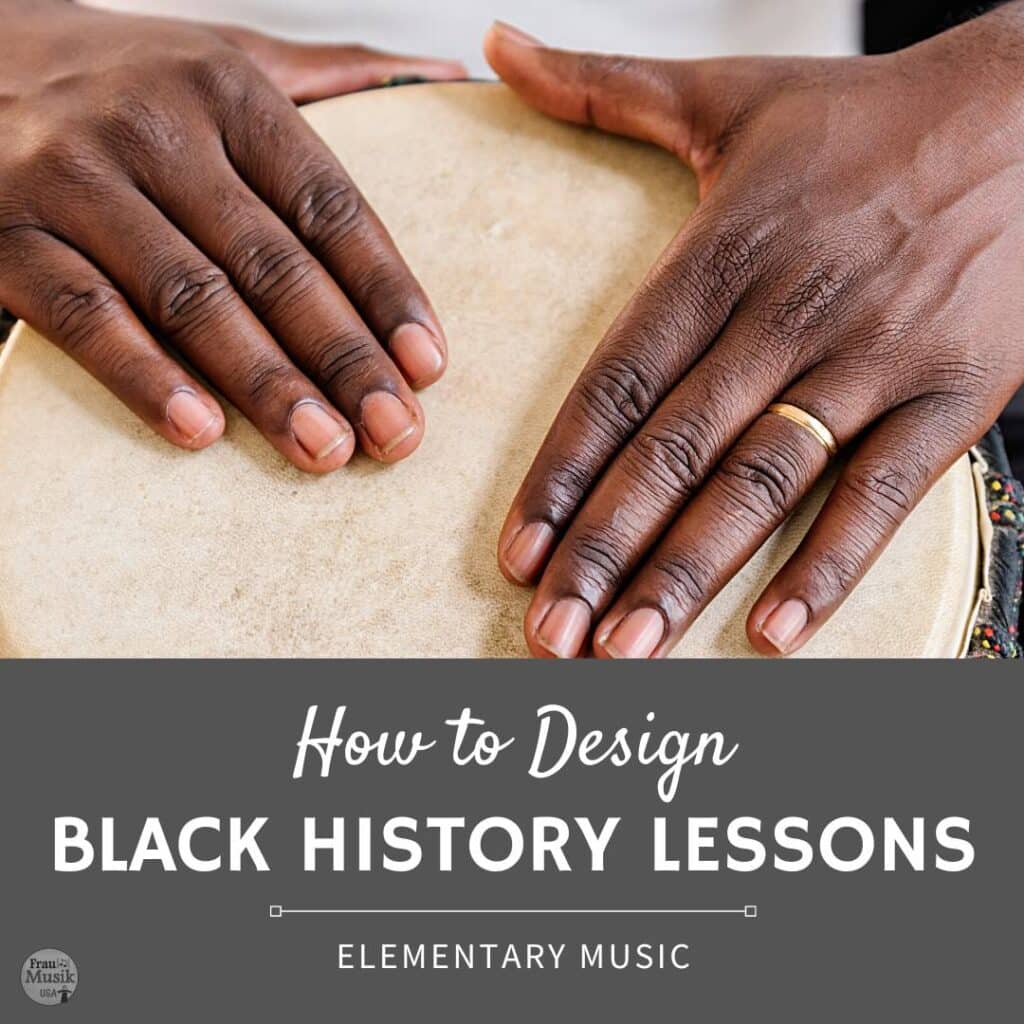
Use Authentic Music
Choose authentic songs. If you need song ideas, the book All Night, All Day: A Child’s First Book of African-American Spirituals by Ashley Bryan pulls together many of the most common spirituals into one excellent resource. The author includes beautiful illustrations interspersed throughout the book.
Last update on 2024-04-19 / Affiliate links / Images from Amazon Product Advertising API
Add Music Elements
Once you have chosen your storybook and song, plan to extend your activities over several class sessions as you add some of the following musical elements.
- Rhythmic Orff Patterns. Create rhythmic patterns with phrases from the storybook and/or the song.
- Song Accompaniments. Layer one or more rhythmic patterns to create an accompaniment for the song.
- Simple Form. Use your rhythmic accompaniments and play around with the form. Create an introduction, interlude, and/or coda.
- More Advanced Forms. Use the song and your rhythmic ostinato patterns to create various forms – ABA, ABC, ABACA.
- Melodic Orff Accompaniment Patterns. If the harmonic structure of the song is simple create melodic Orff patterns and add melodic instruments to your arrangements.
Create and adapt patterns to meet the music literacy and performance skills of various grade levels.
Learn About the Underground Railroad
It’s hard for elementary-age children to understand the concept of the Underground Railroad. Some controversy surrounds the song and the book Follow the Drinkin’ Gourd. Dr. Prince Brown, the Director of the Northern Kentucky University Institute for Freedom Studies offers some interesting insights in this succinct afterword, Follow the Drinking Gourd: A Cultural History, “Is This Song ‘Authentic'”?
This storybook is a simple way to help students understand the concept of the Underground Railroad, the compassionate people who were a part of the complex network, and a glimpse of the hardships of slaves’ escape to freedom.
Last update on 2024-04-19 / Affiliate links / Images from Amazon Product Advertising API
Last update on 2024-04-19 / Affiliate links / Images from Amazon Product Advertising API
Ready-To-Use Complete Resources
If you need no-prep, ready-to-use activities, take a peek at the resources included here. Each of these resources includes differentiated Orff accompaniments designed for grades K-5.
Short biographies of civil rights leaders are included in each resource as well.
Conclusion
With the many new high-quality storybooks that are being published, you now have a wealth of resources available to pair with any authentic Black History song throughout the school year. Use the songs and accompaniment patterns you create as live performances. Or, film videos and post them on your school website to share your students’ accomplishments.
Important learning is happening in your elementary music classroom.
Related Post – Black History Songs for Elementary Students that Teach Music Skills
Meet the Author
Terri Lloyd is a former elementary music teacher with over 25 years of experience. She holds a Bachelor of Music, a Master of Science in Education, and a Technology Certificate in Instructional Design.
She is currently active in music education through blogging, workshops, and curriculum development. She serves on the music staff at her church and volunteers for an after-school children’s program. Terri is an active musician in the community, performing in a local Big Band, pit orchestras, and various events.
Pin This Post
Pin the image below to help other elementary music teachers find this helpful post.
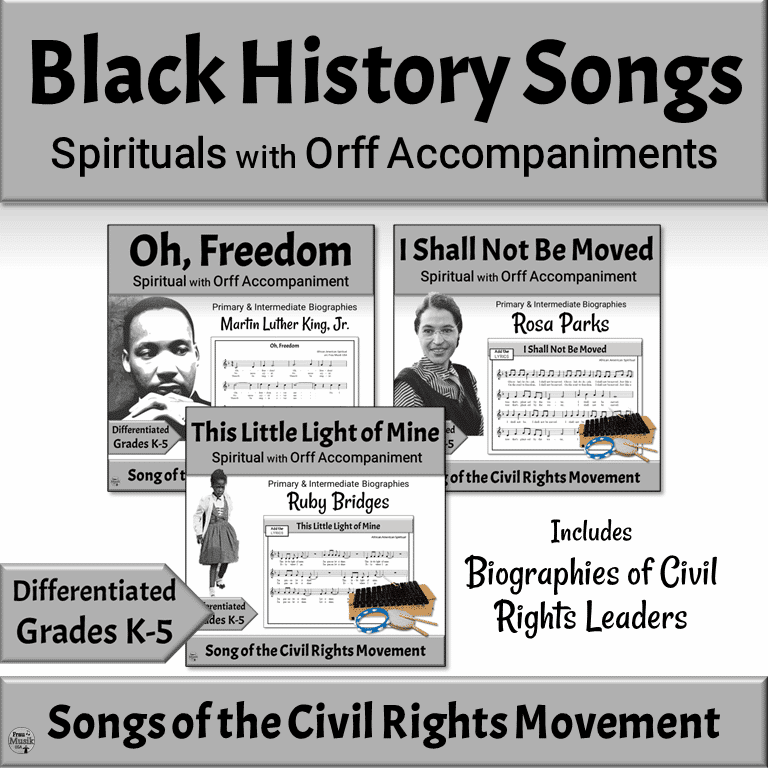
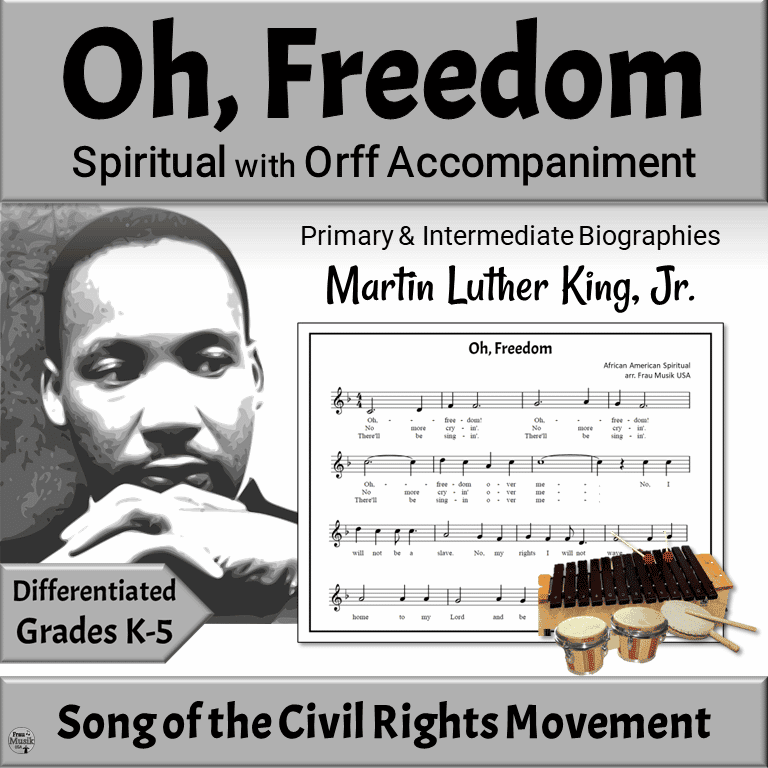
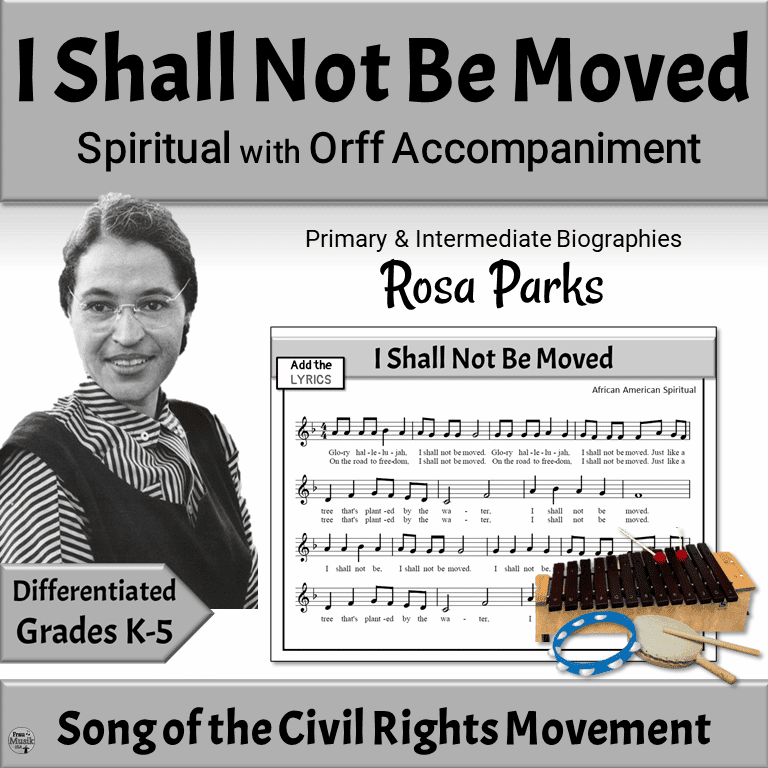
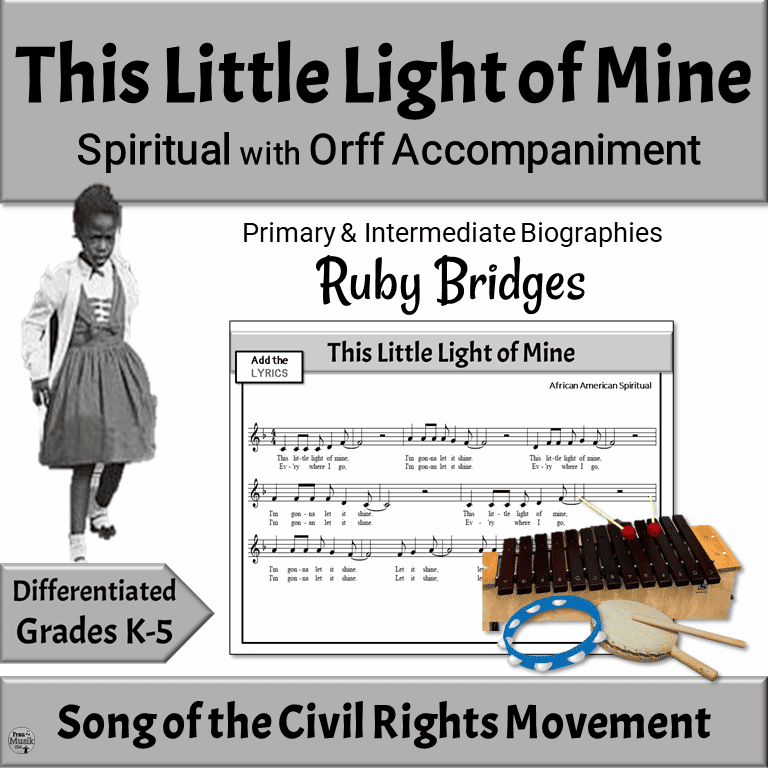
One Comment
Comments are closed.